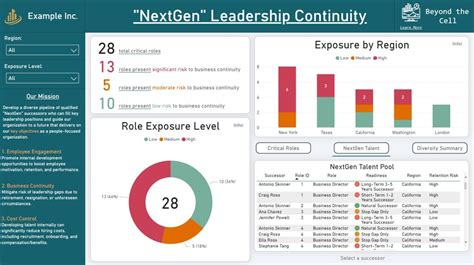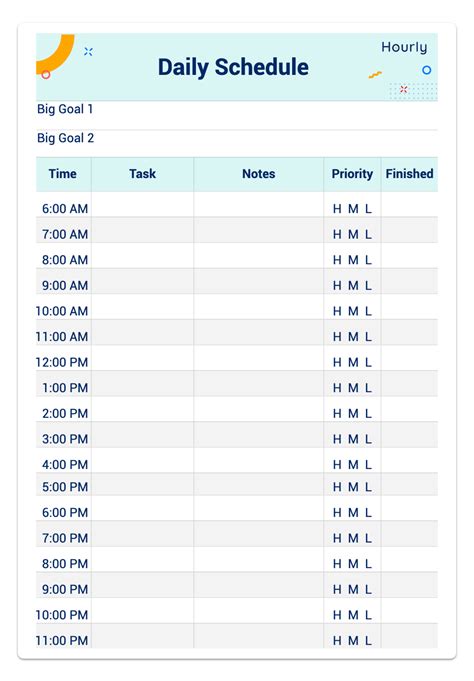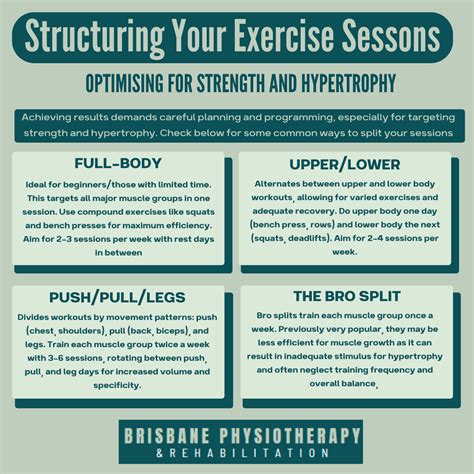How to break through a strength plateau using periodization for peak performance?

Every dedicated lifter eventually faces it: the dreaded strength plateau. You’re putting in the work, but your numbers aren’t budging. It’s frustrating and can lead to demotivation. While pushing harder might seem like the answer, the key to breaking through often lies in a more strategic approach: periodization.

Understanding the Strength Plateau
A strength plateau occurs when your body adapts to the training stimulus you’re providing. Initially, your body responds well to new exercises and increasing loads, building muscle and strength. However, over time, the same stimulus becomes less effective. Without variation, progressive overload stalls, and your gains come to a halt. This is your body telling you it needs a new challenge, a different kind of stress to elicit further adaptation.
What is Periodization? The Strategic Solution
Periodization is a systematic approach to training that involves varying the training volume, intensity, exercise selection, and type over planned cycles. Instead of relentlessly trying to lift heavier every session, periodization cycles different aspects of training to optimize performance and prevent overtraining. It’s about working smarter, not just harder, allowing your body to recover, adapt, and progressively get stronger across different phases.

The Building Blocks of Periodization
Periodization is typically broken down into three main cycles:
Macrocycle: The Big Picture
This is your long-term plan, usually spanning several months to a year (or even more). It encompasses your ultimate goal, such as preparing for a competition, achieving a significant strength milestone, or undergoing a complete body transformation. The macrocycle dictates the overall direction and purpose of your training.
Mesocycle: The Intermediate Blocks
Mesocycles are shorter, more focused training blocks within your macrocycle, typically lasting 2-6 weeks. Each mesocycle has a specific objective, such as building hypertrophy (muscle growth), increasing maximal strength, developing power, or focusing on endurance. By cycling through these different objectives, you develop a well-rounded athletic base and avoid stagnation. For instance, you might have a mesocycle dedicated to higher volume and moderate intensity for hypertrophy, followed by a mesocycle with lower volume and higher intensity for maximal strength.
Microcycle: The Weekly Plan
Microcycles are the shortest training units, usually lasting one week. They detail the specific workouts, exercises, sets, reps, and rest periods for each day. Microcycles are designed to support the goals of the current mesocycle and ensure adequate recovery. It’s within the microcycle that you implement the day-to-day training variations that contribute to the larger plan.

Key Principles of Periodization
The effectiveness of periodization stems from several core principles:
- Progressive Overload: While the method changes, the underlying principle of challenging your body beyond its current capacity remains crucial. Periodization ensures this overload is applied strategically.
- Specificity: Training should be specific to your goals. A strength phase will involve heavy compound lifts, while a hypertrophy phase might incorporate more isolation work.
- Variation: Changing stimuli (volume, intensity, exercises) prevents adaptation plateaus and keeps the body guessing.
- Recovery: Planned recovery periods (like deload weeks) are integral to preventing overtraining, allowing the body to repair and grow stronger.
Implementing Periodization to Break Plateaus
Breaking through your strength plateau requires careful planning:
- Assess Your Current State: Understand your current strength levels, weaknesses, and training history.
- Define Your Macrocycle Goal: What is the big strength goal you want to achieve in the next 6-12 months?
- Design Your Mesocycles: Break down your macrocycle into 4-6 week blocks. A common approach is a hypertrophy phase (higher volume, moderate intensity) followed by a strength phase (lower volume, higher intensity), potentially leading into a peak phase.
- Structure Your Microcycles: Within each mesocycle, plan your weekly workouts. Vary exercises, sets, and reps according to the mesocycle’s goal.
- Incorporate Deload Weeks: Every 4-8 weeks, plan a deload week where volume and/or intensity are significantly reduced (e.g., 50-60% of normal). This allows your body to recover, reduces fatigue, and prepares you for the next, more challenging mesocycle. Many plateaus are simply symptoms of accumulated fatigue.

Benefits Beyond Breaking Plateaus
While periodization is excellent for overcoming plateaus, its benefits extend further:
- Injury Prevention: By cycling intensity and volume, you reduce the chronic stress on joints and tendons, lowering the risk of overuse injuries.
- Reduced Overtraining: Planned recovery and varied stimuli prevent physical and mental burnout.
- Continuous Adaptation: Your body is constantly presented with new challenges, leading to long-term, sustainable progress.
- Enhanced Motivation: Structured goals and varied training keep workouts engaging and exciting.

Conclusion
A strength plateau isn’t a sign of failure; it’s an opportunity to refine your training strategy. By embracing periodization, you move beyond random workouts to a meticulously planned approach that systematically builds strength, prevents overtraining, and keeps your body constantly adapting. So, if you’re stuck, it’s time to periodize your path to peak performance and unlock your true strength potential.








